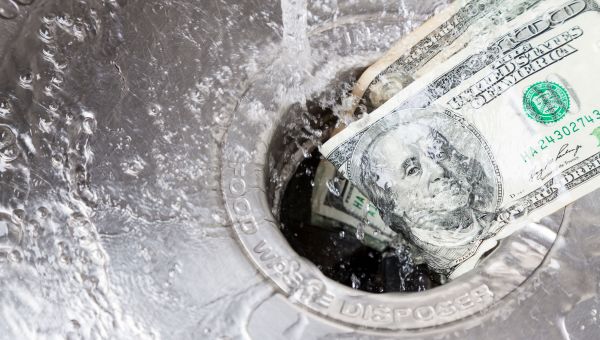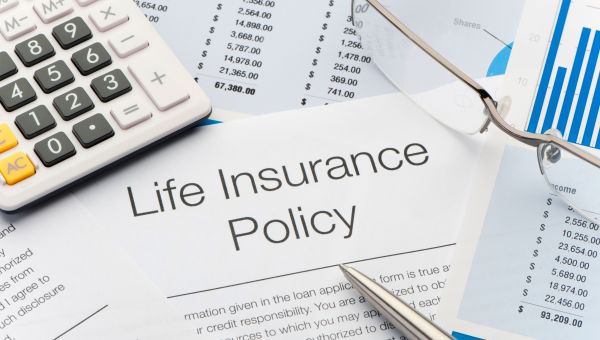6 problems with the life insurance you already own
Having a policy is a good thing—but it might be time to reexamine yours.
Updated on January 12, 2024

If you have an insurance policy, smart move. You’ve thought ahead to provide for your loved ones. But if it’s been awhile since you bought your life insurance policy, it’s time to dust it off and consider possible ways in which it may be falling short of meeting your family’s needs.

Your coverage has been eroded by inflation
If you bought a policy 20 years ago, your death benefit is a fraction of what you need today. Maybe you need more.

You have too much insurance
Although the policy you bought 20 years ago is not worth very much, it nonetheless could be too much because the reason you bought the policy may no longer exist. This concept is reinforced if you’ve saved properly over the past 20 years; your accumulated savings may be enough to eliminate the need for coverage.

You have the wrong kind of coverage
If you have only group insurance provided by your employer, your coverage is dependent on your job. There are several problems with this:
- Your employer can cancel the coverage at any time.
- The insurance company can cancel the benefit at any time.
- If you leave your employer, you lose the benefit.
- The cost of the coverage can increase.

You’re paying too much for the coverage you do have
If you bought your policy before 1980, the insurer priced it as though you were going to die in your 60s, since that’s what the actuarial tables back then said would happen. Today’s mortality charts, of course, say you’ll live well into your 80s and insurers have lowered the cost of coverage accordingly. So, swapping your current policies for new ones could save you lots of money, even though you’re older now.

Your policy’s assumptions are invalid
If you bought a permanent insurance policy in the ’70s or early ’80s, the interest rate assumptions may be wrong and, if so, your policy is not accumulating as much cash value as you think. At best, your premiums may rise. At worst, the policy may lapse because not enough has accumulated to keep it in force. Either would be unpleasant.

You have too many policies
Buying one $200,000 policy costs less than two $100,000 policies. Why? Because every policy contains flat expenses, such as policy fees, that are unrelated to the amount of coverage. If you buy two policies instead of one, you pay these costs twice instead of once. Therefore, explore swapping your many policies for newer, fewer ones. You could save hundreds every year.
This material has been reviewed for financial accuracy.
Ric Edelman is founder of Edelman Financial Services, LLC, a Registered Investment Advisor, an Investment Advisor Representative, and one of the nation’s leading financial advisors.
From the book The Truth About Money (Fourth Edition) by Ric Edelman. Copyright ©1996, 1998, 2000, 2004, 2010 by Ric Edelman, Edelman Financial Services LLC. Reprinted by permission of Harper Business, an imprint of HarperCollins Publishers.

Ric Edelman. The Truth About Money (Fourth Edition). Copyright ©1996, 1998, 2000, 2004, 2010 by Ric Edelman, Edelman Financial Services LLC Reprinted by permission of Harper Business, an imprint of HarperCollins Publishers.
More On


video

article

slideshow


video


video
